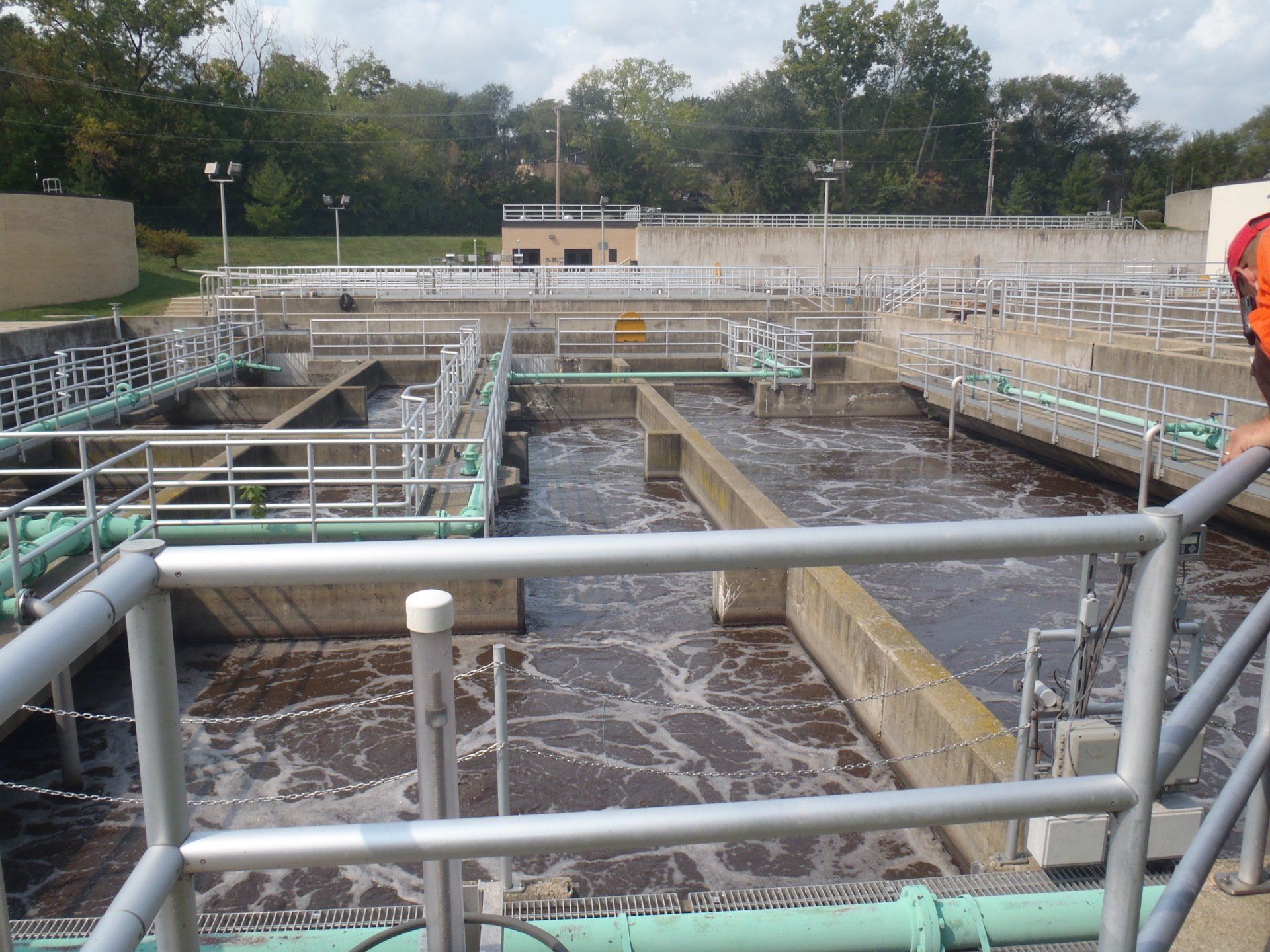City of Batavia – Wastewater Master Plan
The City of Batavia updated its Comprehensive Plan in 2007 which outlined the community’s vision for the next decade. The Comprehensive Plan provides guidance with respect to land use and City services, including transportation and utilities. The implementation of this plan required an evaluation of the major infrastructure components, including wastewater collection and treatment. The City of Batavia contracted with Trotter and Associates, Inc. to develop a Wastewater Master Plan that provided analysis of the existing infrastructure, evaluation of alternatives, and clear recommendations for rehabilitation, regulatory compliance, and expansion requirements to meet the City’s long term goals.
Water billing records were utilized to determine the existing population equivalent (P.E.) and estimated flows. Based on water usage, the existing system serves roughly 36,612 P.E. Build-out of the existing Sewer Service Area in accordance with the Comprehensive Plan was estimated to contribute a total of 49,825 P.E.
The goal of the collection system analysis was to establish current and future capacity needs, determine the collection system’s conveyance capacity, and establish an implementation plan for evaluation, rehabilitation and maintenance of the City’s wastewater infrastructure. It was recognized that survey and modeling of entire collection system was not financially practical. Therefore, temporary flow meters were installed in strategic locations to record flow data from the major and minor basins. The surveying and modeling components were focused on the backbone of the collection system sewers 10-inch diameter and larger. The sanitary sewer model was constructed based on the field data acquired including pipe diameter, length, and slope, as well as manhole location and depth. The model was used to evaluate the collection system’s response under dry and wet weather scenarios. These scenarios included the 1-year, 5-year, and 10-year rainfall events. The recommendations within the report for the collection system included separation of the combined sewer areas and implementation of a customized CMOM program. The program included common elements such as mapping, flow monitoring, analysis, rehabilitation programs and documentation of activities expenses and program effectiveness.
The City of Batavia owns and operates 17 sanitary lift stations. The master plan documented the existing conditions and design data for each lift station. The analysis included a site visit, discussion with staff, review of the tributary area, estimate of replacement value and capacity analysis. Based on this analysis, each lift station was prioritized and series of projects were incorporated into the City’s Capital Improvements Plan.
The wastewater treatment facility had been expanded and upgraded over several phases and is capable of treating 4.2 MGD. TAI completed an audit of the existing equipment, its expected service life and replacement cost. Trotter and Associates, Inc. developed and analyzed a series alternatives to address the needs of the facility including capacity, aging infrastructure, odors as well as impending regulatory changes such as nutrient criteria and wet weather flow standards. Lastly, TAI developed recommendations and an implementation schedule for user fees and connection fees to offset the fixed and reoccurring costs associated with the recommendations.

